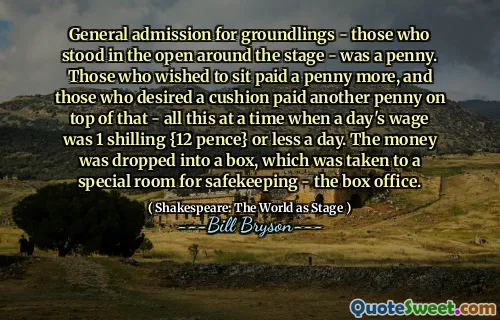Illiteracy was the usual condition in sixteenth-century England, to be sure. According to one estimate at least 70 percent of men and 90 percent of women of the period couldn't even sign their names. But as one moved up the social scale, literacy rates rose appreciably.
In sixteenth-century England, illiteracy was a widespread issue, with estimates suggesting that a significant majority of the population was unable to read or write. Around 70 percent of men and a staggering 90 percent of women could not sign their names, indicating a profound lack of educational opportunities for certain segments of society.
However, literacy rates varied significantly among different social classes. As individuals moved higher up the social ladder, they were more likely to be literate, highlighting a correlation between social status and educational attainment in that era. This disparity underscores the broader socio-economic factors influencing access to education during Shakespeare's time.








